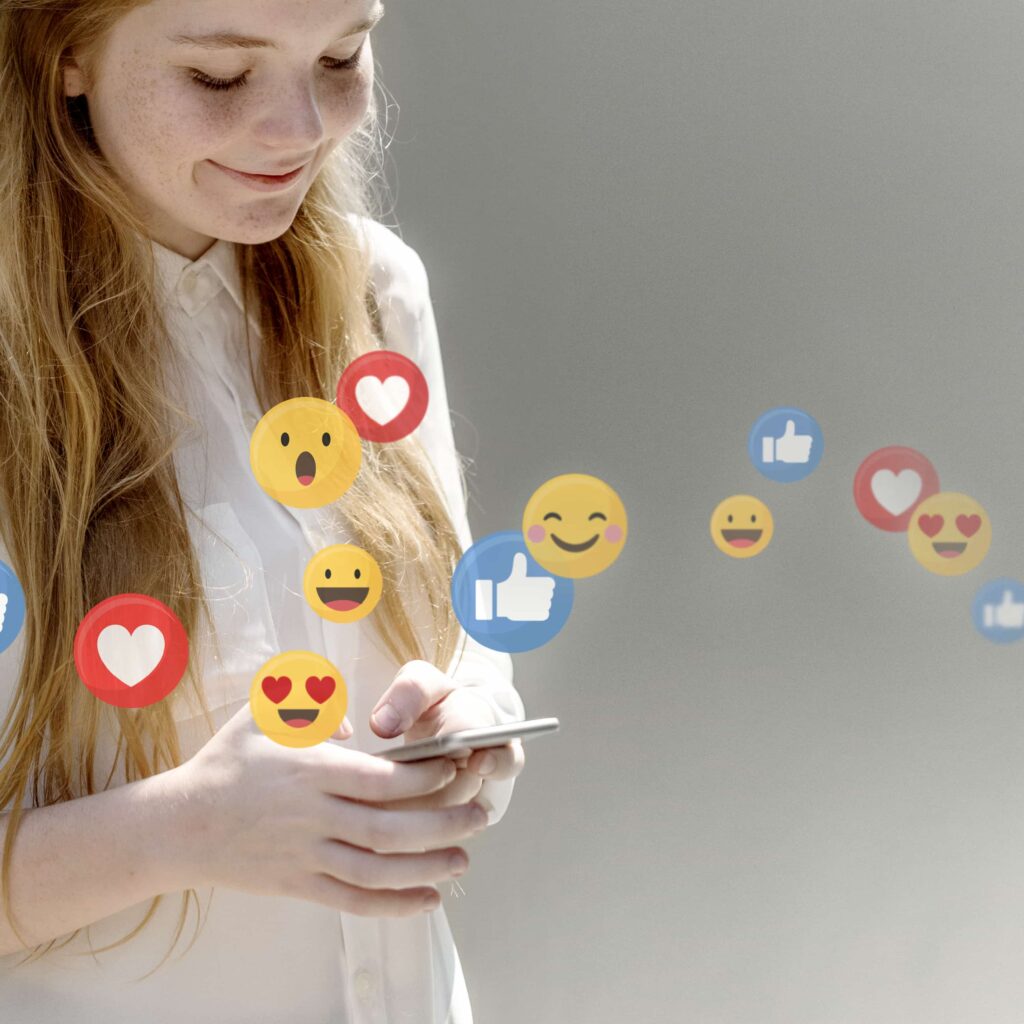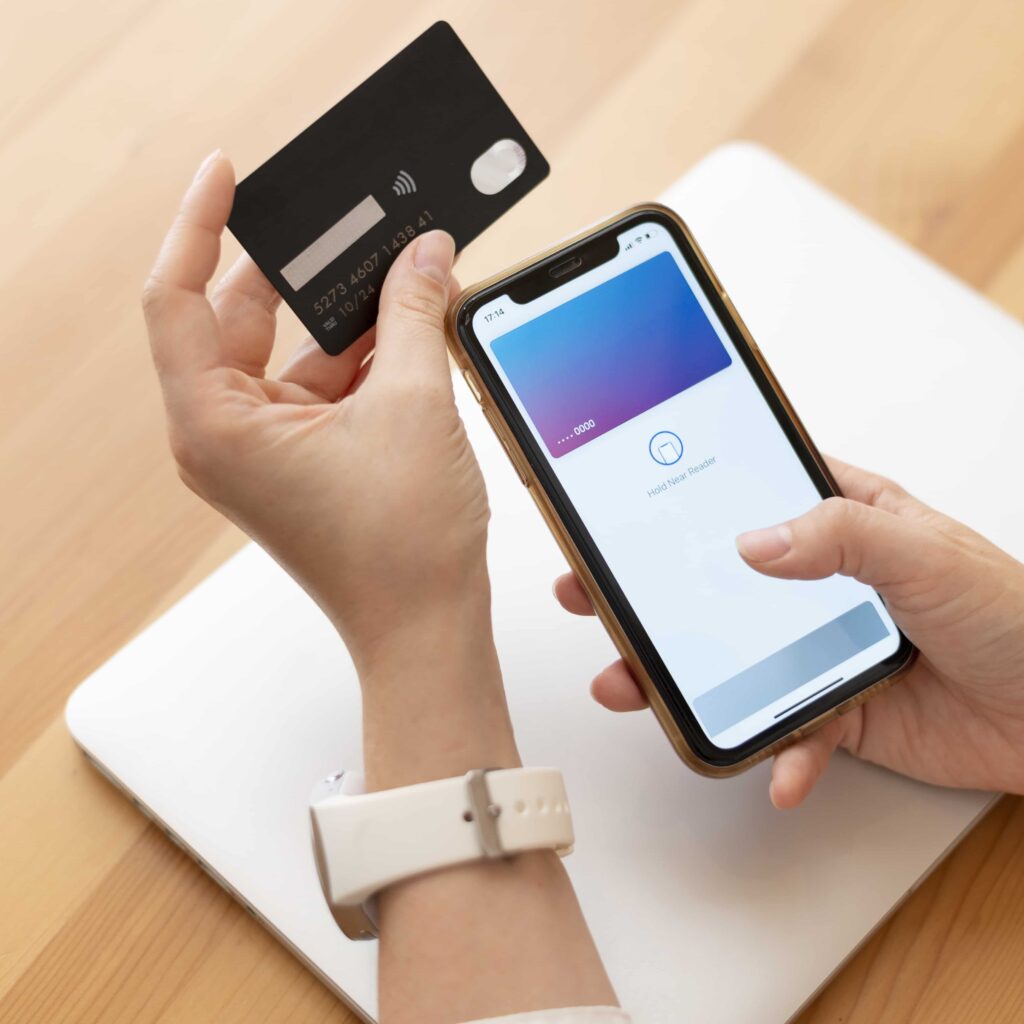Spotting a well-designed product is straightforward, yet defining its excellence can be elusive. What propels a product to meet its user’s needs efficiently? It could hinge on its simplicity, framework, or practicality, varying with each product.
Usable
A product’s clarity in design, function, and intent, making it intuitive to use. To gauge usability, consider if the design is navigable, its functions comprehensible, and whether it enables users to perform intended tasks effectively.

For instance, when assessing an airline app designed primarily to reserve flights, a user-friendly interface that simplifies entering travel information exemplifies strong usability.
Equitable
Design signifies inclusivity, catering to users with varied abilities and backgrounds. It transcends mere equal access, striving for equal success by providing tailored tools for achieving goals, crucial for marginalized groups.

For example, a social app’s equity can be reflected in its inclusive features, like a diverse emoji selection and gender-neutral avatars.
Enjoyable
Design seeks to delight users, aligning with their emotions and forging a positive bond. While not imperative for functionality, it elevates the user experience by engaging and pleasing users.

Consider a video streaming service; features like custom recommendations and account customization can significantly enhance enjoyment.
Useful
The design effectively resolves user issues. Distinguishable from usability, it specifically targets problem-solving. Useful designs may not always be user-friendly, and vice versa.

Take a banking app: features enabling money transfers and bill payments are not just functional but solve real user problems.


